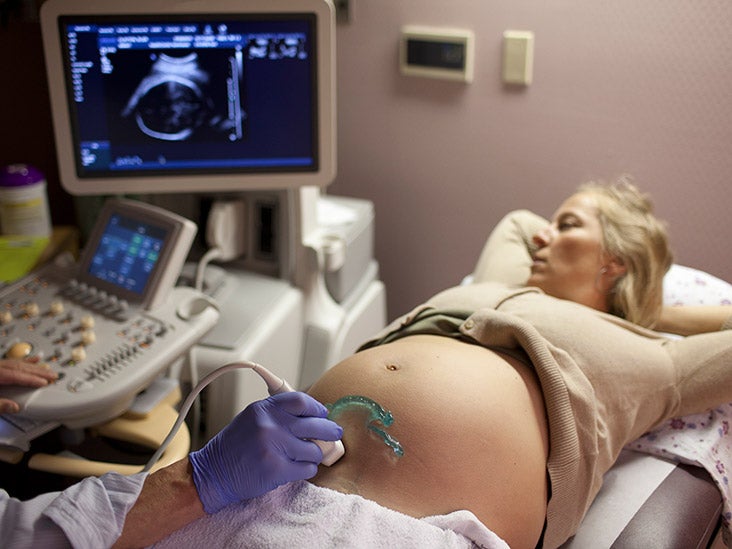

Is predictive of intrauterine growth restriction but lacks sensitivity. CONCLUSIONS: For women with severe preeclampsia remote from term, an amniotic fluid index ≤5 cm Rate testing on the basis of amniotic fluid volume ( p = 0.59) or intrauterine growth restriction ( p = 0.4). Moreover, there was no difference in the frequency of nonreassuring fetal heart Restriction and an amniotic fluid index ≤7 cm.

However, there was no association between intrauterine growth If there is abnormally low amniotic fluid, this is a condition called oligohydramnios, which can lead to oxygen deprivation and birth injuries like Hypoxic Ischemic Encephalopathy (HIE) and cerebral palsy (CP). >5 cm ( p = 0.007 and p = 0.029, respectively). The ultrasonographer scans the uterus and reports whether the amniotic fluid volume appears to be low, normal, or high, based on their own experience. Of intrauterine growth restriction compared with those with an amniotic fluid index Of ≤5 cm both on admission and at delivery, there was a significantly higher incidence ≤4, and 38 (36%) of the pregnancies resulted in infants with intrauterine growth restriction.ĭuring expectant management, the amniotic fluid index worsened for 61 (45%) patientsĪnd improved or remained the same for 75 (55%). RESULTS: One hundred seven patients had a cesarean section, but only 42 (39%) of these wereįor a nonreassuring fetal heart rate tracing or a persistent biophysical profile of Incidence of intrauterine growth restriction (birth weight ≤10th percentile). The incidence of nonreassuring fetal testing necessitating cesarean section or the This method uses the sum of four of the deepest vertical pockets of fluid. Or just before delivery (i.e., final), and attempted to correlate these findings with There are two ultrasound measurements used to measure the amniotic fluid levels surrounding the baby: Amniotic Fluid Index (AFI). We evaluated amniotic fluid index ≤5 cm and ≤7 cm, measured on admission Patients were followed up with a daily nonstress test and amnioticįluid index. STUDY DESIGN: We reviewed the medical records of 136 women with severe preeclampsia managed conservativelyįor at least 48 hours. Index and intrauterine growth restriction and nonreassuring fetal testing in patients OBJECTIVE: The purpose of the study was to determine the relationship between low amniotic fluid Affiliated Societies and Meeting Papers.


 0 kommentar(er)
0 kommentar(er)
